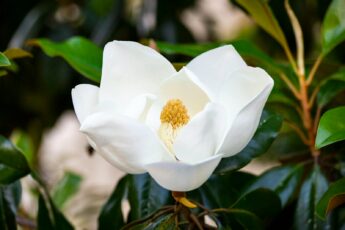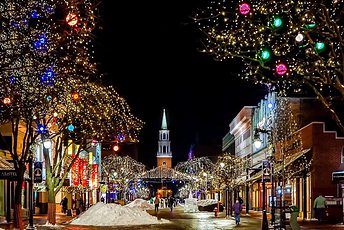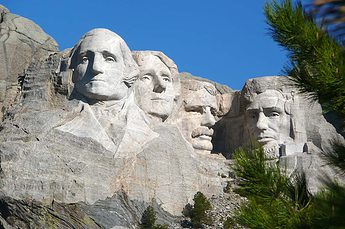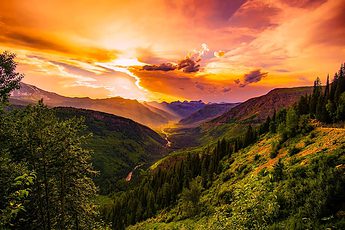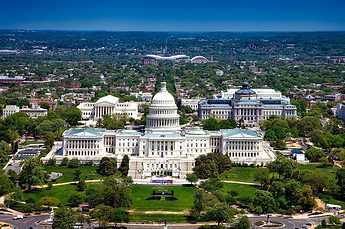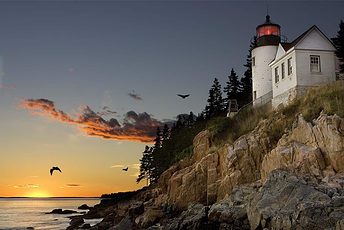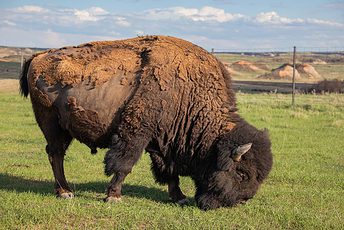It's easy to think you know what Louisiana offers. Music? Yes. Food? Of course.
But once you start moving around the state, the checklist gets replaced by something more interesting: the sense that time behaves differently here.
It's a place where an early morning can involve watching shrimp boats leave port, and the same afternoon might end with zydeco rhythms pouring out of a neighborhood bar.
That kind of range - quiet to loud, wetland to warehouse - is exactly why exploring things to do in Louisiana feels more like following your feet than following a plan.
There's always more, and rarely in the way you'd expect.
Open Options - A State Geared Toward Movement and Margin
Travelers looking for things to do in Louisiana will notice early that it's a state arranged without a single center.
New Orleans carries weight, yes, but no one city decides the tone.
River ferries run in Plaquemine, St. Francisville, and White Castle, providing routes across the Mississippi without relying on interstates.
In the Atchafalaya Basin, the largest wetland in the U.S., airboats and paddle trails offer access to bayous that don't appear on standard GPS paths.
Chicot State Park, opened in 1939, covers 6,400 acres in Evangeline Parish.
Fontainebleau State Park, once a sugar plantation, borders Lake Pontchartrain with ruins and trails that remain unpaved by design.
Wildlife Management Areas, such as Sherburne and Joyce, protect open tracts for hunting, fishing, or birding, and they operate with low signage and self-entry models.
Highway 90 and LA-1 both pass through areas where roadside historical markers are common.
These routes don't advertise themselves. That's part of the draw.
For anyone scanning for things to do in Louisiana, the open land and absence of tight scheduling offer space to move and pause without needing permission.
10 best places to visit in Louisiana for your next vacation
- Jackson Square
- The National WWII Museum
- Oak Alley Plantation
- Whitney Plantation
- Fontainebleau State Park
- Shreveport Aquarium
- TABASCO® Brand Factory Tour & Museum
- BREC's Baton Rouge Zoo
- Laura Plantation: Louisiana's Creole Heritage Site
- Jean Lafitte National Historical Park and Preserve
| Activity Type | Location(s) | Seasonal Timing | Practical Notes |
|---|---|---|---|
| Live Music | New Orleans (Frenchmen St), Lafayette | Year-round | Most venues don't require advance tickets, evening shows common |
| Swamp Tours | Breaux Bridge, Lafitte | March-October | Licensed operators, early departures, airboat or kayak options |
| Food Stops | Scott, Eunice, Natchitoches | Year-round | Boudin, cracklins, and candy vary by region and vendor |
| Historic Sites | Vacherie, Natchitoches, Angola | Year-round | Plantation tours, museums, and World Heritage Site access |
| River Ferries | White Castle, Plaquemine | Year-round | Operate daily, subject to water levels |
| Wildlife Watching | Lake Martin, Cameron Parish | Spring, Fall | Best during migration seasons, no guides required |
| State Parks | Chicot, Fontainebleau | Year-round | Entry fees apply, some trails unpaved or lightly maintained |
| Festivals | Breaux Bridge, New Orleans | Spring (April-May) | Crawfish Festival, French Quarter Fest have fixed annual dates |
| Streetcar Rides | New Orleans (St. Charles line) | Year-round | Fare required, exact change needed |
| Outdoor Markets | Ponchatoula, Plaquemines | Seasonal (Spring-Fall) | Roadside fruit stands, cash preferred |
| Duck Hunting | Southwest Louisiana (zones vary) | Nov-Jan | Regulated by LDWF, license and stamps required |
| Second Line Parades | Treme, Mid-City (New Orleans) | Most Sundays | Route announcements in weekly local circulars |
| Timber Work Routes | Kisatchie National Forest | Seasonal (Fall-Winter) | Logging visible from public roads, no trail access needed |
Street-Level Culture in New Orleans
For people looking into things to do in Louisiana, walking through New Orleans is less about ticking boxes and more about keeping your eyes open.
Music isn't scheduled here, it's ambient. Frenchmen Street, particularly the 500-600 blocks, runs live sets from late afternoon to midnight every day.
Clubs like The Spotted Cat and Blue Nile operate without rigid ticketing, often relying on cash tips and bar tabs. That casual rhythm is the norm.
Corner seafood shops such as Bevi Seafood Co. and po-boy mainstays like Parkway Bakery (operating since 1911) serve their staples without pretense.
There are tables if you want them, but most customers stand, order, and keep moving.
Treme and Bywater neighborhoods preserve their architecture with minimal alteration.
Creole cottages and double-shotguns date back to the 19th century.
Building permits for preservation are documented in the Historic District Landmarks Commission records.
Streetcars still run on the St. Charles line, following a route in operation since 1835.
Their wood interiors, green paint, and fare tokens have been maintained under Regional Transit Authority standards.
Second lines, organized weekly by Social Aid and Pleasure Clubs, begin mid-morning and wind through neighborhoods with brass bands and pedestrians.
Lafayette Cemetery No. 1, opened in 1833, is open to visitors during daylight hours. There is no fee to walk the rows of above-ground tombs.
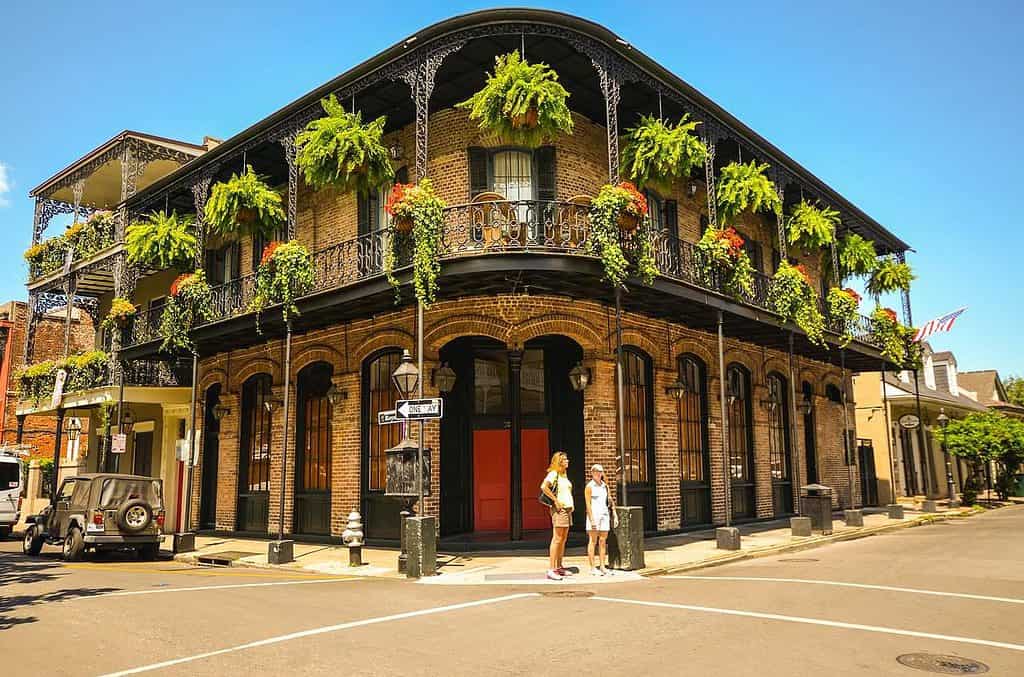
Towns That Keep Old Systems Running
Start with places that kept their original infrastructure.
Natchitoches has been continuously settled since 1714.
The Christmas Festival, held annually since 1927, pulls visitors in with light displays over Cane River Lake and a parade of handmade floats.
St. Francisville maintains structures from the early 1800s.
Rosedown Plantation, established in 1835, operates under the Louisiana Office of State Parks.
Due to historic site restrictions, its floor plans and garden layouts have stayed intact.
Abita Springs took on a different path. The Abita Mystery House, a converted gas station turned folk art display, has operated since the early 2000s. It's uncurated on purpose.
Breaux Bridge holds its Crawfish Festival on the first weekend of May.
Licensed since 1960, it includes music stages, cooking contests, and local vendors, most of whom come from surrounding parishes.
Donaldsonville held the Louisiana state capital title briefly in the 1830s.
Its synagogue, built in 1872, is among the oldest surviving in the region.
Opelousas claims zydeco roots, and clubs like El Sido's host dances weekly, which are tracked in regional flyers and print listings.

Music Without Itineraries
When searching for places related to music, you'll find that performances often come without tickets.
Zydeco clubs in Lafayette like Cowboy's open Fridays and Saturdays, usually past 9 p.m.
Listings appear in local print weeklies like The Times of Acadiana.
Cajun jam sessions are held in places like Eunice, often on Saturdays, and typically inside diners or cultural centers.
They're public, but not formal. The music starts when the instruments arrive.
Baton Rouge clubs such as Phil Brady's have been running live blues since the 1980s.
Their stages are small, with rotating acts who often go on without a sound check.
Brass bands in New Orleans, such as TBC, perform on neutral grounds or corner blocks in Mid-City.
These aren't flash mobs - they follow routes that have been loosely mapped over the years.
Festivals like Satchmo SummerFest (held in August) and French Quarter Festival (in April) offer organized stages.
But their performance permits, published by the city each spring, reflect how much of the music is played on the street level.
KRVS 88.7 FM out of Lafayette broadcasts Cajun and Creole music every day.
Their playlist archive serves as a living log of what's current and what's archived.
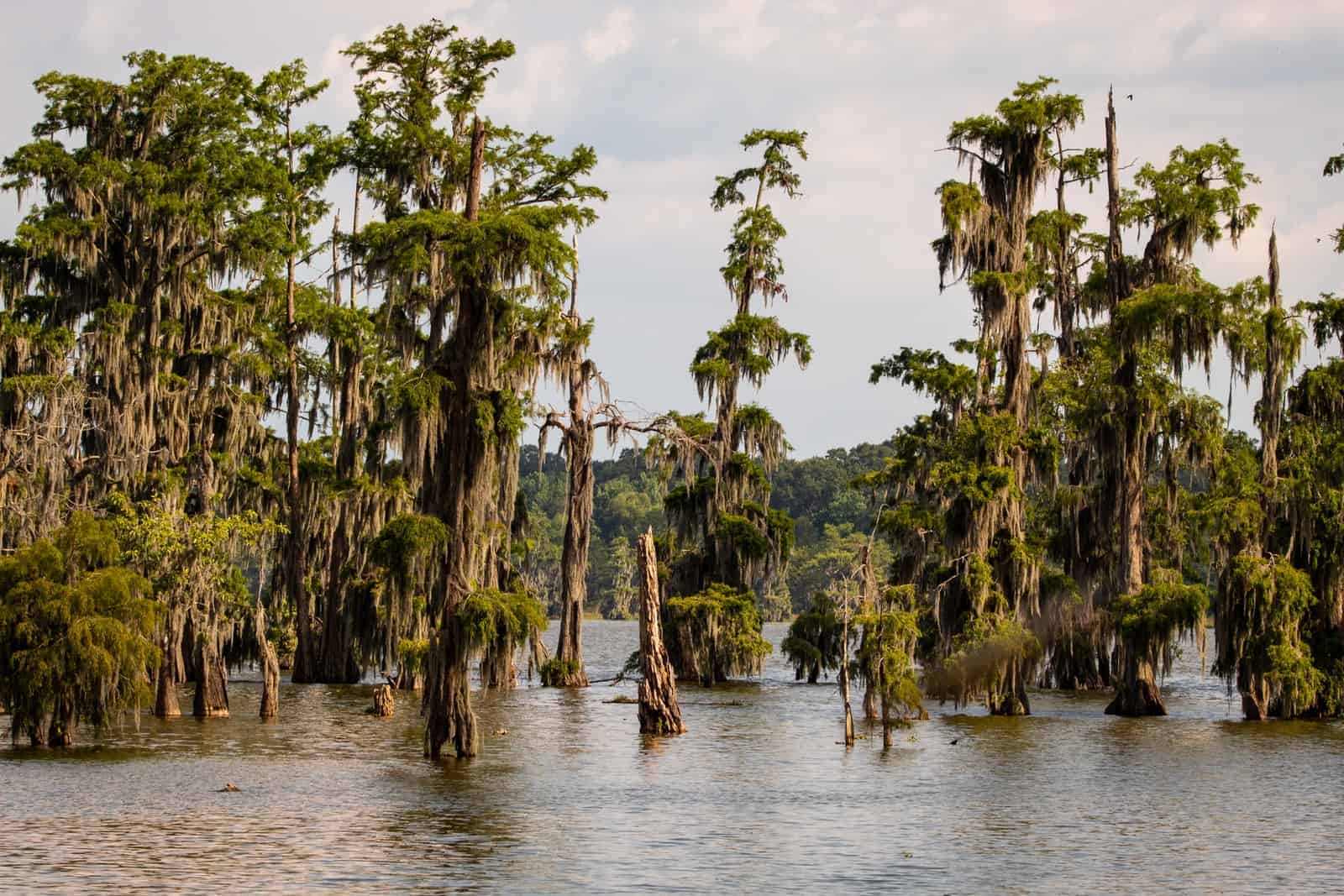
River and Wetland Encounters
Search places to visit in Louisiana in spring or fall, and you'll end up near water.
In towns like Breaux Bridge or Lafitte, swamp tours start early and finish before dusk.
Operators are licensed by the Louisiana Department of Wildlife and Fisheries and stay busiest between March and October.
The routes pass through cypress-heavy bayous where you'll see roseate spoonbills, barred owls, and sometimes gators sunning on logs.
Lake Martin Rookery supports nesting herons and spoonbills, especially visible in April and May.
The boardwalk was built to manage foot traffic during peak birding months without fencing the view.
The National Park Service runs Barataria Preserve, west of New Orleans.
Its wooden trails and levees intersect marshes and ridges without a guide.
Duck hunting opens each November, and the state publishes zone maps and season dates every July.
In the western parishes, blinds dot the rice fields and levees, visible from highways like LA-14 and LA-82.
Since 2016, brochures from St. Martin Parish Tourism have charted kayak access to parts of the Atchafalaya Basin for people who prefer paddling to walking.
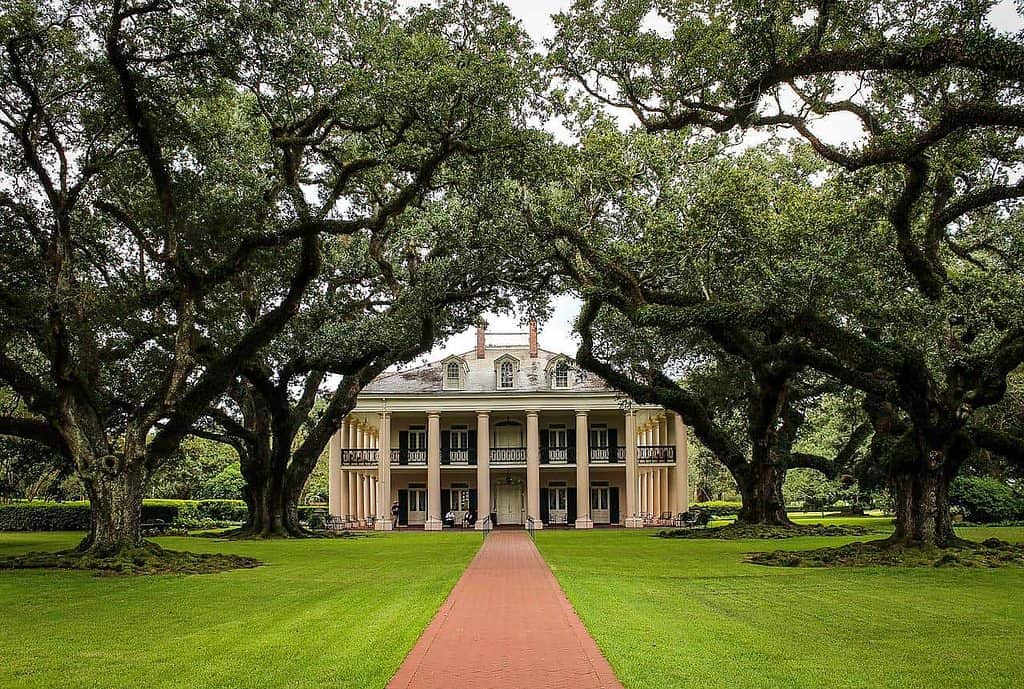
Food That Doesn't Follow a Script
Food isn't scheduled in Louisiana. It happens when the truckload arrives or when the pot starts boiling.
Boudin sausage in Scott, Carencro, and Opelousas is made fresh and often sold from gas stations.
Billy's in Scott opened in 2001, and its line forms before noon on weekends.
No reservation, no waitlist, just availability.
Crawfish shows up in peak volume March through June.
Markets in places like Eunice and Broussard adjust prices weekly based on size and catch yield.
Gumbo isn't statewide. In Lake Charles, you'll find darker roux and duck meat.
In New Orleans, okra and tomatoes appear more often. Regional cookbooks and old church recipe collections note this difference.
Praline candy in the French Quarter uses cream, while Natchitoches pecan candy, sold along Highway 6, stays closer to a brittle texture.
Cracklins are sold by the bag in places like Krotz Springs and Mamou, typically made in outdoor fryers and announced with chalkboard signs.
The LSU AgCenter publishes regional crop reports on staples like sugarcane, sweet potatoes, and rice.
They're not souvenirs here. They're ingredients - often still covered in field dust.
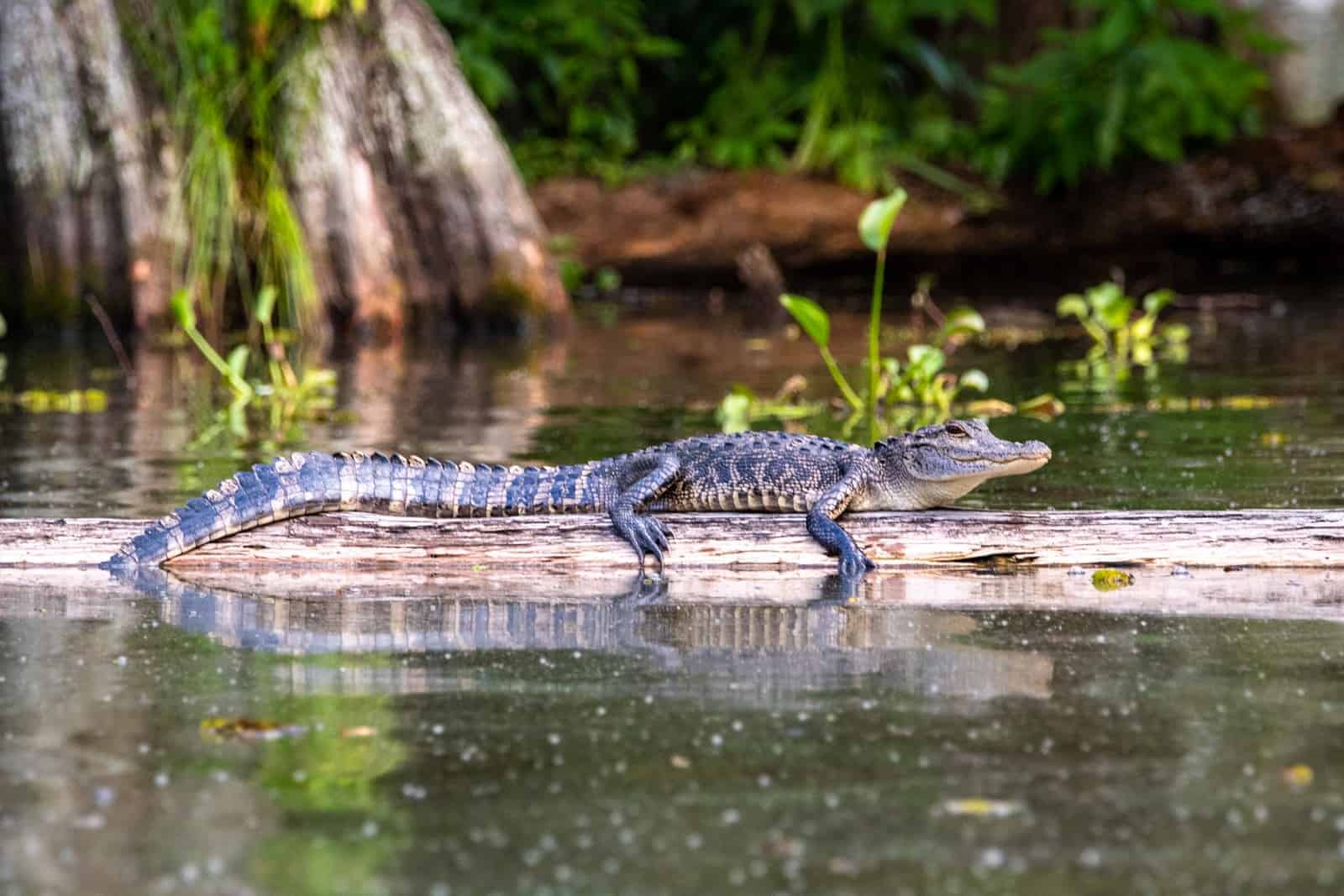
Outdoor Workspaces in Plain Sight
Not every route in Louisiana is built for comfort. Many of them show work in motion.
Along Bayou Lafourche and the lower stretches of Terrebonne Parish, shrimp boats tie off to wooden docks less than 100 yards from the road. Their names are hand-painted.
Sugarcane harvest runs from mid-October through December.
The trucks on LA-70 and LA-1 carry fresh cuts stacked ten feet high.
The cane fields, before and after harvest, form clean lines along parish roads like natural grids.
Crawfish ponds in Acadia Parish double as rice fields.
In the spring, you'll see trap flags bobbing between the rows.
Kisatchie National Forest spans seven parishes.
Timber crews are active there seasonally, and their routes leave behind visible clearings and stacked logs.
These aren't scenic lookouts. They're proof of jobs in progress.
Oyster grounds mapped by the Louisiana Department of Health are marked off Delacroix and Hopedale.
Some tours leave from these same ports, often with captains who also work the beds.
Satsumas in Plaquemines, strawberries in Ponchatoula, and melons in Washington Parish all move through roadside markets.
The fruit is packed in open boxes, priced in cash, and often sold from the bed of a truck.
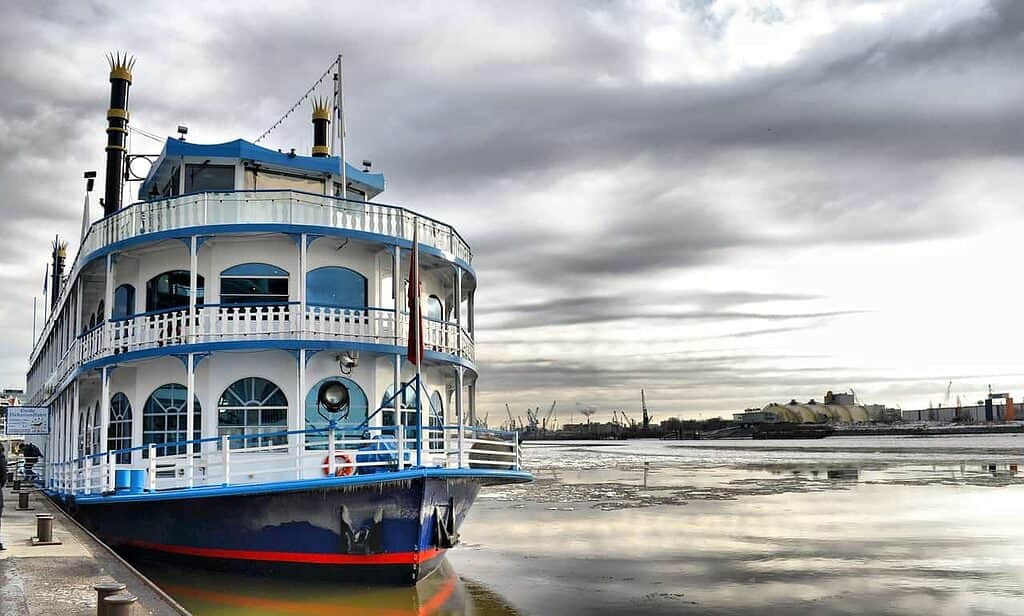
Places Where History Still Has an Address
Some of the most lasting things to do in Louisiana involve places that haven't been repackaged or relocated.
Whitney Plantation, opened to the public in 2014, is the only site in the state focused solely on slavery from the perspective of the enslaved.
Its records draw on first-person narratives collected by the Federal Writers' Project in the 1930s and interpretive panels cite exact census tallies and property ledgers.
Laura Plantation in Vacherie holds one of the most complete sets of Creole architectural records in the lower Mississippi Valley.
The estate dates back to 1804, with sugar production documents and succession papers available on-site in archival display.
Poverty Point in West Carroll Parish holds earthen mounds built between 1700 and 1100 BCE.
It's a UNESCO World Heritage Site, and the Louisiana Office of State Parks maintains excavation reports from the 1950s to the present.
Trails circle through the ridges and causeways left by a complex society whose name was never recorded.
The Angola Museum, opened in 1998 on the grounds of the Louisiana State Penitentiary, holds tools, uniforms, and records from a prison system that has been in operation since the 1880s.
Many of the buildings on-site were constructed by inmates.
In central Louisiana, the Kent House in Alexandria shows Creole domestic life from the early 1800s.
It's staffed with guides under the Louisiana Historical Society and runs programs tied to period crafts and seasonal agriculture.
Fort St. Jean Baptiste in Natchitoches, a replica of the 1716 French outpost, was reconstructed based on historical surveys and trade inventories.
It's used for school visits, reenactments, and as a teaching site for early colonial exchange systems.
Frequently Asked Questions About Things to Do in Louisiana
What is the number one attraction in Louisiana?
The French Quarter in New Orleans draws more out-of-state visitors than any other location in Louisiana. Jackson Square, St. Louis Cathedral, and Bourbon Street are within walking distance. The Quarter is dense with music, food, and street-level history.
Is there anything fun to do in Louisiana?
Plenty. Live zydeco in Lafayette dance halls, swamp tours out of Breaux Bridge, or catching a second-line parade in New Orleans - none of it needs planning weeks ahead. The fun shows up when you do.
What part of Louisiana should I visit?
That depends on how you travel. For music and food, head south toward New Orleans or Lafayette. For open land and waterways, try the Atchafalaya Basin or Kisatchie National Forest. Both come with space to move and fewer crowds.
What is the prettiest place in Louisiana?
Opinions vary, but Lake Martin during spring migration is often mentioned. Cypress trees reflect in still water, and wading birds nest close enough to hear. It's quiet - except for the birds - and never really feels like a photo spot.
What is a famous thing in Louisiana?
Crawfish boils are woven into the seasonal rhythm here. From March to June, live sacks are sold at roadside stands, and boiling pots show up at tailgates, backyards, and festivals. It's not rare - that's the point.
What is the most visited city in Louisiana?
New Orleans attracts the largest number of visitors each year. According to city tourism data, more than 18 million people visited in 2019. Music, food, and historic neighborhoods keep that number steady.
What is the party town in Louisiana?
New Orleans, again. Particularly during Mardi Gras. But even outside Carnival season, Frenchmen Street runs music every night, and bars don't close early. There's always something playing.
What is the best Bayou to visit in Louisiana?
Bayou Teche holds both natural and cultural value. It passes through towns like Breaux Bridge and New Iberia, with walking trails, kayak launches, and access to traditional food stops nearby.
What is the prettiest beach in Louisiana?
Grand Isle sits on a barrier island in the Gulf. Its beach is used more for fishing and quiet walks than sunbathing. The sand stretches out cleanly, and by late afternoon, the fishing piers are active but not packed.
🌐 Essential Resources for Planning Your Louisiana Trip
🗺️ Statewide Travel Planning
- Explore Louisiana
Discover statewide trip ideas, festivals, and cultural experiences across all 64 parishes.
🔗 explorelouisiana.com - Louisiana Office of Tourism
Official tourism portal with maps, guides, and seasonal event details.
🔗 crt.state.la.us/tourism - Louisiana Travel Association
Industry-supported platform for travelers and local tourism businesses.
🔗 louisianatravelassociation.org
🎷 New Orleans & Regional Guides
- Visit New Orleans
Neighborhood itineraries, event calendars, and planning tools for the city.
🔗 neworleans.com - New Orleans & Company
Visitor-focused organization with travel tips and convention resources.
🔗 explorelouisiana.com/convention-visitor-bureaus/new-orleans-company
🌳 Outdoor Adventures & Parks
- Louisiana State Parks
Info on camping, hiking, and historic site access.
🔗 lastateparks.com - Louisiana Parks Reservations
Reserve campsites, cabins, and more online.
🔗 reservations.gooutdoorslouisiana.com - Louisiana Dept. of Wildlife & Fisheries
Outdoor activity licensing, fishing, and hunting info.
🔗 wlf.louisiana.gov
📅 Events & Cultural Highlights
- Louisiana Festivals & Events
Search statewide cultural festivals and music events.
🔗 explorelouisiana.com/events - African American Heritage Trail
Visit key historical sites along this official trail.
🔗 explorelouisiana.com/african-american-heritage-trail
🛎️ Practical Travel Tools
- Louisiana Official State Website
Statewide services and travel-related information.
🔗 louisiana.gov - Louisiana Outdoors
Recreational access and online license purchases.
🔗 louisianaoutdoors.com
🍀

